I'm using NserviceBus with the Azure Function project ( NServiceBus.AzureFunctions.InProcess.ServiceBus). Application is using azure service bus as the transport and it is configured in function startup by using the below code
var transport = configuration.AdvancedConfiguration.UseTransport<AzureServiceBusTransport>();
transport.ConnectionString(@"AzureWebJobsServiceBus".GetConfig());
Everything was working fine in .NET Core 3.1 and Azure function version 3.0. Recently I upgrade the project to .NET 6 and Function version to 4.0. After the upgrade, functionEndpoint.Process is throwing a null reference exception.
If the UseTransport code is commented out in function startup, no exception is thrown and the messages are getting processed successfully. But I need to have the UseTransport in the startup configuration for the NServiceBus to set up the transport topology automatically. Please help me to resolve this issue.
